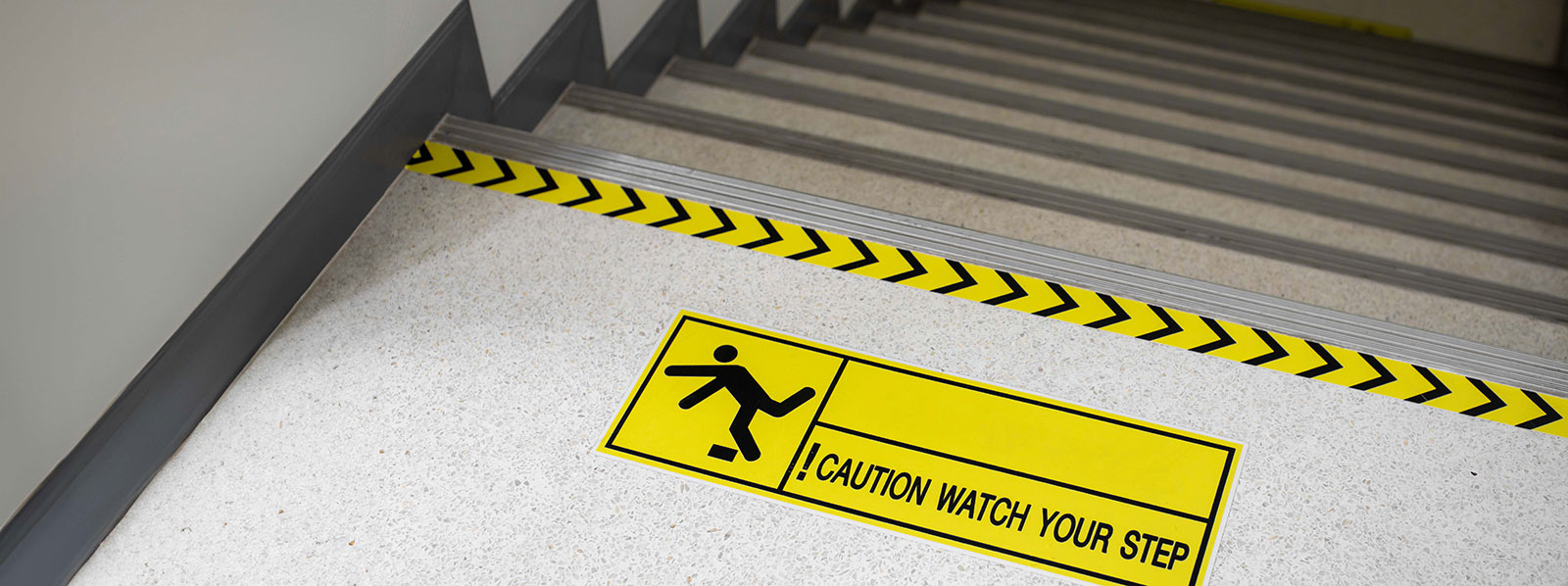
Electrical safety in the workplace is crucial, and one of the primary ways to ensure the safety of workers is through the process of test and tagging. This process ensures that electrical appliances and equipment are regularly inspected, tested, and tagged as safe to use. Compliance with these regulations is not only essential for worker safety but also a legal obligation for businesses across Australia.
What is Test & Tagging?
Test and tagging is a safety procedure that involves inspecting and testing electrical equipment to confirm that it is safe to use in the workplace. The process includes:
1. Visual Inspection: Checking the equipment for obvious signs of wear, damage, or faults, such as frayed cables or exposed wires.
2. Testing: Using specialised testing equipment to assess the electrical safety of the appliance.
3. Tagging: After successful testing, a tag or label is attached to the equipment, indicating that it has passed inspection, the date of testing, and when the next test is due.
Legislative Framework for Test & Tagging:
Test and tagging requirements in Australia are primarily governed by the Work Health and Safety (WHS) Act and the relevant Australian Standards, particularly AS/NZS 3760:2010, which outlines the procedures for the in-service safety inspection and testing of electrical equipment.
Who can carry out Test and Tagging?
The process of test and tagging must be performed by individuals who are qualified and competent to do so. In most cases, a licensed electrician or someone with specific training in electrical safety is required to conduct the tests. However, there are specific guidelines regarding who is authorised to carry out test and tagging:
- Licensed Electricians: In Australia, only licensed electricians or electrical contractors are legally permitted to carry out electrical testing and repair work. They have the necessary training and qualifications to ensure that equipment meets the required safety standards.
- Competent Persons: For some specific tasks, there is an allowance for persons who are competent in the process of test and tagging, provided they have undergone appropriate training. This is common in businesses where electrical equipment testing needs to be done on a regular basis and where there is a need for staff to be trained in the procedures.
- Specialised Test and Tagging Companies: Some businesses hire specialised test and tagging services that employ qualified and competent personnel. These companies ensure that testing is carried out regularly and in compliance with safety regulations.
ACT Legislation:
In the Australian Capital Territory, test and tagging is regulated under the Work Health and Safety Regulation 2011 (ACT). There are two key pieces of legislation that address the testing and tagging of electrical equipment in workplaces:
1. Work Health and Safety Regulation 2011 (ACT) – SL 2011-36: This regulation requires employers to ensure that electrical equipment used in the workplace is regularly maintained and tested for safety. If the equipment shows signs of damage or malfunction, it must be removed from service, repaired, or replaced.
The regulation mandates that employers have procedures in place to manage the safety of electrical equipment and to ensure that it is regularly inspected and tested.
2. Work Health and Safety (General Workplace Management) Regulation 2011 – SL 2011-38: This regulation supplements the broader safety management guidelines and provides more specific requirements for electrical safety management. It also outlines the necessity of test and tagging, ensuring that businesses adhere to safe practices when using electrical appliances in the workplace.
Testing and Tagging requirements across Australia:
– New South Wales (NSW): The Work Health and Safety Act 2011 (NSW) requires that businesses ensure the safety of electrical equipment. Regular inspections and testing (test and tagging) are an integral part of this compliance.
– Victoria (VIC): The Workplace Safety (Electrical Safety) Act 2015 sets out the requirements for test and tagging in Victoria, along with the Australian Standards for electrical safety.
– Queensland (QLD): The Work Health and Safety Regulation 2011 (QLD) aligns with the national safety standards for test and tagging.
– South Australia (SA): Under the Work Health and Safety (WHS) Act 2012, South Australia enforces the regular inspection and testing of electrical equipment.
– Western Australia (WA): The Work Health and Safety Act 2020 in WA mandates the use of test and tagging to ensure electrical equipment is safe.
– Tasmania (TAS): Tasmania follows the Work Health and Safety (WHS) Act 2012 and requires that electrical equipment be regularly inspected and tested.
– Northern Territory (NT): The Work Health and Safety (WHS) Act 2011 (NT) stipulates that electrical equipment must be tested and tagged to comply with safety standards.
In all states and territories, businesses are required to follow these regulations to maintain a safe workplace. The frequency of testing may vary depending on the type of equipment and the environment in which it is used.
Penalties for Non-Compliance:
Failure to comply with test and tagging requirements can lead to serious consequences, including both financial penalties and legal action. Penalties for non-compliance vary across states, but generally include:
1. Fines: Businesses found in breach of test and tagging regulations can face fines. In the ACT, for example, businesses may face fines of up to $30,000 for failing to comply with the relevant safety requirements. Sole traders or individuals can be fined up to $6,000.
2. Prosecution: In more severe cases, especially if non-compliance results in an injury or fatality, businesses may face prosecution. This can lead to substantial fines or even imprisonment for individuals in charge of workplace safety.
3. Insurance and Liability: If an electrical accident occurs in the workplace due to faulty equipment that has not been tested or tagged, businesses may find their insurance claims denied. Moreover, they could be held liable for any damages, which could result in significant financial loss and reputational damage.
Conclusion:
Test and tagging is a critical aspect of electrical safety in the workplace and is mandated by law in Australia to reduce the risk of electrical hazards. Compliance with these requirements is not just about avoiding penalties; it is about protecting workers, ensuring a safe working environment, and maintaining the integrity of your business.
For businesses, sole traders, or employers, it’s essential to stay up to date with the legislation in your state or territory and ensure that your equipment is regularly inspected, tested, and tagged by a qualified professional. Not only does this help you comply with legal requirements, but it also demonstrates your commitment to the health and safety of your employees.
If you’re unsure whether your business is compliant with the relevant test and tagging standards or need assistance with the process reach out to us, we can provide customised advice to your business requirements.
Download a free support services document.

It includes available support services and resources for employees, such as counselling services, and peer support networks to access when needed.
Just fill out the form and we will email it to you.

























